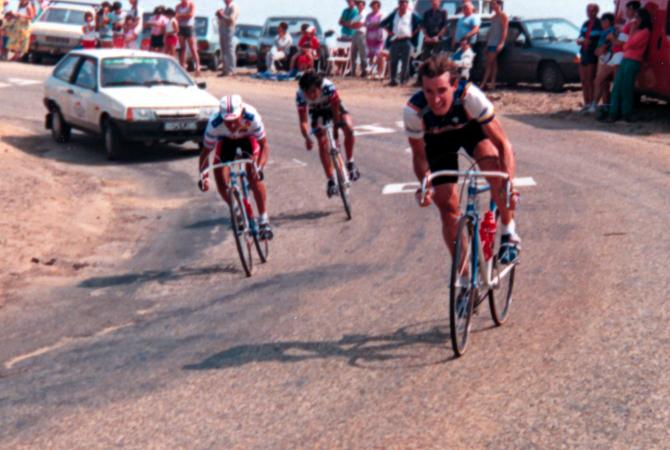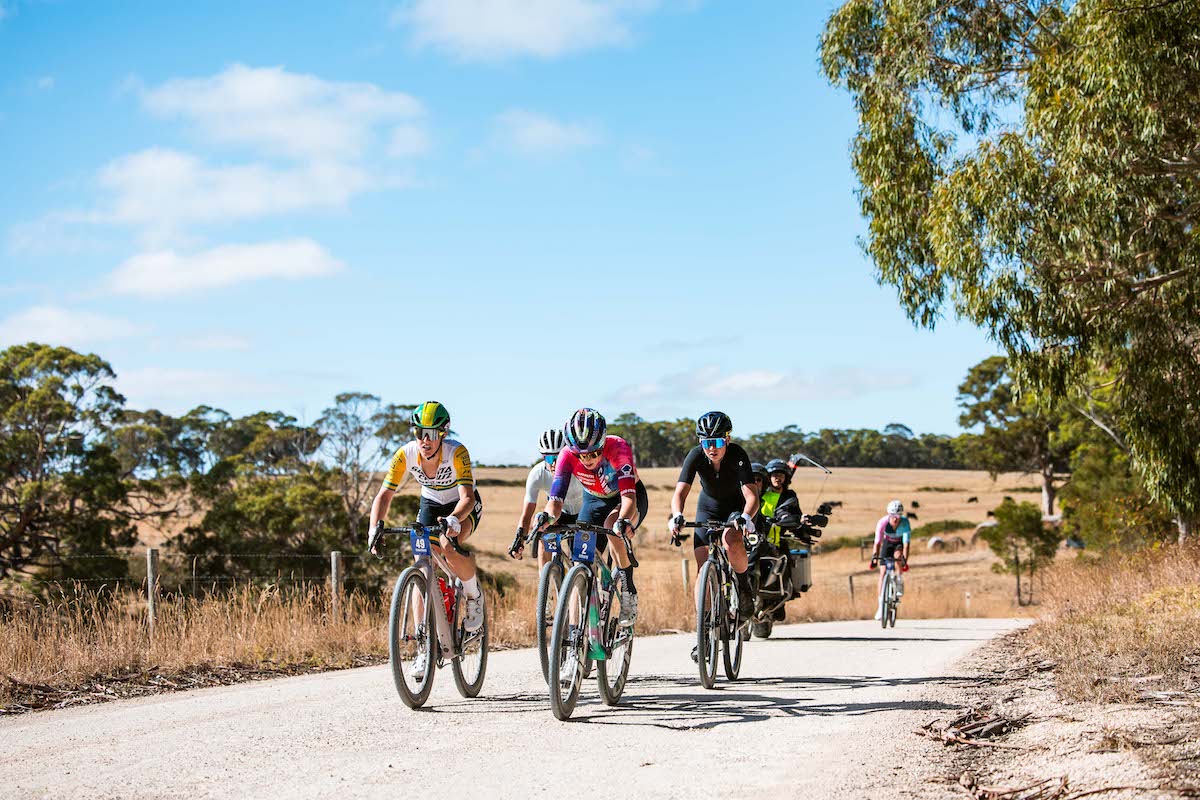Vuelta a España iconic stages: Robert Millar wins at Covadonga
My win on stage 6 of the 1986 race

In our latest look at iconic Vuelta a España stages Robert Millar remembers his win at Lagos de Covadonga in 1986. The Scottish rider attacked on the climb and moved into the race lead. He would eventually finish second overall.
It was stage 6 of the 1986 Vuelta a Espana and Lagos de Covadonga was a relatively new find for the organisers of the Vuelta. It was first climbed in 1983 when it was being touted as their Alpe d'Huez.
L'etapa reina, something mythic, and something to be feared. Although the two climbs shared similar elevation and average gradient, there the similarities ended. The Alpine climb relied on its hairpins for is notoriety but it was beautifully smooth up to the ski station. In contrast, Covadonga was a climb to nowhere, almost straight up and it was as rough and wide as a goat track. There were no thoughts of changing to the lightweight bike or wheels for the climb up to the lakes, that type of equipment wouldn't have lasted five minutes on the potholed surfaces.
The year before I'd messed up the same finish, riding the steepest section way too hard and over estimating my strength. Pedro Delgado had attacked on the last hard section and I temporarily couldn't follow. Not knowing the severity of the mountain had proved my undoing so the following year I wasn't going to make the same mistake.
There was one guy just in front when we pulled off the main road for the beginning of the climb but he was swallowed up immediately in the fight for position. Then Rondon from Cafe de Colombia countered and things kind of settled down. Marino Lejaretta's team took control of affairs and one by one the lead group whittled down to about thirty riders.
Then we hit the first difficult part just after the 10km board and Lejaretta took over, putting the hurt on everyone and halving the group. I had stayed in the wheels from the beginning, taking no wind, watching what was happening, and trying to figure out who was still feeling good. I wasn't cruising but I was far from flat out and was saving myself for the right moment. Race leader, Pascal Jules had been dropped at the start of the climb so now Laurent Fignon assumed the GC lead but he was dangling on the back and not looking confident.
Lejaretta's forcing on the front continued for the next four kilometres and then we emerged from the trees, rock face to the left, view of the valley on the right and I remembered this was the signal for the steepest part known as la Huesara which goes straight up the side of the mountain.
The latest race content, interviews, features, reviews and expert buying guides, direct to your inbox!
Lejaretta was still on the front as we hit the 15 per cent section but then Delgado attacked, and what remained on the group exploded as everyone struggled with the gradient and the terrible surface. The year before I had ridden this part too hard and never fully recuperated so I wasn't going to make the same mistake again.
This time I picked my line as best I could, trying to avoid the holes, gravel and wheel-spinning as much as possible and, unlike 1985, I stood up on pedals to ease the burden.
It worked. I came out of the steepest section 100 metres down on Delgado but he wasn't going away from me and only Raymond Dietzen and Alvaro Pino were with me. Crucially I still had some margin to play with so, as the gradient eased, I reeled Delgado back in and hit the front. The wind was coming from the right but I didn't put the others in the gutter as the smoothest surface ( a relative term on this climb) was on the right hand side so they were already struggling on the bumpiest part and every now and then I'd slow the pace a bit then accelerate to make sure they didn't recover.
I knew we were in the last four kilometres now and there remained one really hard passage just before the descent down past the lakes so I kept the others in difficulty along the little flat section just before and then as the road got steeper again I put in a big acceleration. It was the moment to go, the part where Delgado had attacked us 12 months earlier and I knew it was the last chance to avoid a sprint and distance the others, so I gave it full power. When I looked round they were 200 metres down and I knew they weren't coming back unless I punctured or fell off which might sound strange but it was perfectly possible on the descent down to the lakes as that was done at 70 kph and was like a bomb site.
I survived that by taking more care than the previous year when I had scared myself trying to grab a quick drink and then it was up the final 1500m to the finish. I was expecting to see a white stripe but unfortunately due to water washing it away there was nothing on the road to say it was over so there were no arms in the air or time for celebrations. There were just the race cars stopped beyond the finish and a blocked road. It might not be as much of a battle to get up there as Alpe d'Huez but it retained the typical Spanish twist. Chaos.
Top five
| # | Rider Name (Country) Team | Result | Header Cell - Column 3 |
|---|---|---|---|
| 1 | Robert Millar (GBR) Panasonic | 5:54:16 | Row 0 - Cell 3 |
| 2 | Pedro Delgado (Spa) PDM-Concorde | Row 1 - Cell 2 | 0:00:09 |
| 3 | Raimund Dietzen (Ger) Teka | Row 2 - Cell 2 | 0:00:23 |
| 4 | Álvaro Pino (Spa) Zor | Row 3 - Cell 2 | Row 3 - Cell 3 |
| 5 | Fabio Parra (Col) Café de Colombia | Row 4 - Cell 2 | 0:00:31 |
Now watch the stage
Robert Millar was one of the last pure climbers of the Tour de France, winning several stages in the mountain stages and finishing fourth overall in 1984. He is also the only English speaker to have ever won the prestigious polka-dot jersey climber's competition jersey.
Millar retired in 1995 but has continued to follow the sport closely. He was often critical of the media and quickly cuts through the excuses and spin to understand why and how riders win and lose.
